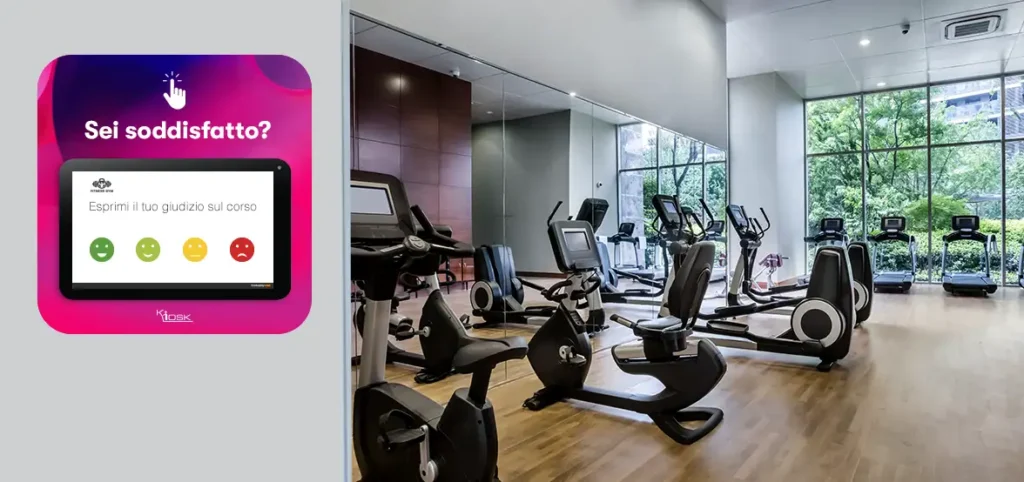Nowadays, knowing the customer, his expectations and his experiences along the purchase path, is essential if you want to increase customer satisfaction and with it, keep it and retain it.
The customer today has become multi-channel, accustomed to different levels of experience and attention, and is more likely to change a supplier than in the past as soon as something does not satisfy him.
And so many companies, not knowing fully the expectations of their customers, in the face of a falling turnover, take different paths without having a clear idea of the origin of the problem, and often end up considering strategic implementation of pricing policies to increase sales. .
The most common strategies, which see in the price the tool to attract and keep a customer, however, have the defect of generating a vicious cycle that leads to a constant decrease in the quality of products and services, and therefore in the long term lead the company to an involution.
Certainly a more far-sighted strategy is to improve the quality of the service perceived by the customer and therefore to build loyalty through care and attention, or to improve the customer experience at the point of purchase.
The customer experience summarizes the set of perceptions that a customer experiences on a conscious or unconscious level when he is about to benefit from a service or to purchase a good.
Knowing the customer is a central element to keep them and retain them, to raise customer satisfaction and consequently to generate a good word-of-mouth effect. For example, it may be discovered that the real problem lies in the lack of courtesy of an employee, or in his inability to understand the customer’s need or in his poor executive capacity.
Let’s see some examples.
The deli counter clerk, who is asked for a “thin cut of the ham”, tirelessly continues not to consider the request: do you really think the customer will return to that counter?
Can the perfumery saleswoman who prevails on the customer with unsolicited advice and hasty judgments, can make the customer feel understood and encourage him to purchase?
These are some of the many possible examples we could list. We have all experienced similar situations and have not had the opportunity to communicate our disappointment to management.
The perpetuation of similar experiences over time disaffects the customer.
Kiosk Emoticon is a customer satisfaction survey solution, fast and convenient for the customer, which with 2 clicks makes known their disappointment, anonymously, to the management, who at this point has the right tool to intervene and improve. A practical and quick installation instant survey tool.
![]()
4 emoticons indicative of 4 clear judgments, good or bad, without the possibility of providing a neutral judgment that would not give any added value to those who must understand if that customer is satisfied or not and why.
On the other hand, only what is known can be improved.
Many important companies and brands use Kiosk Emoticon to get to know their customers better and act promptly.




